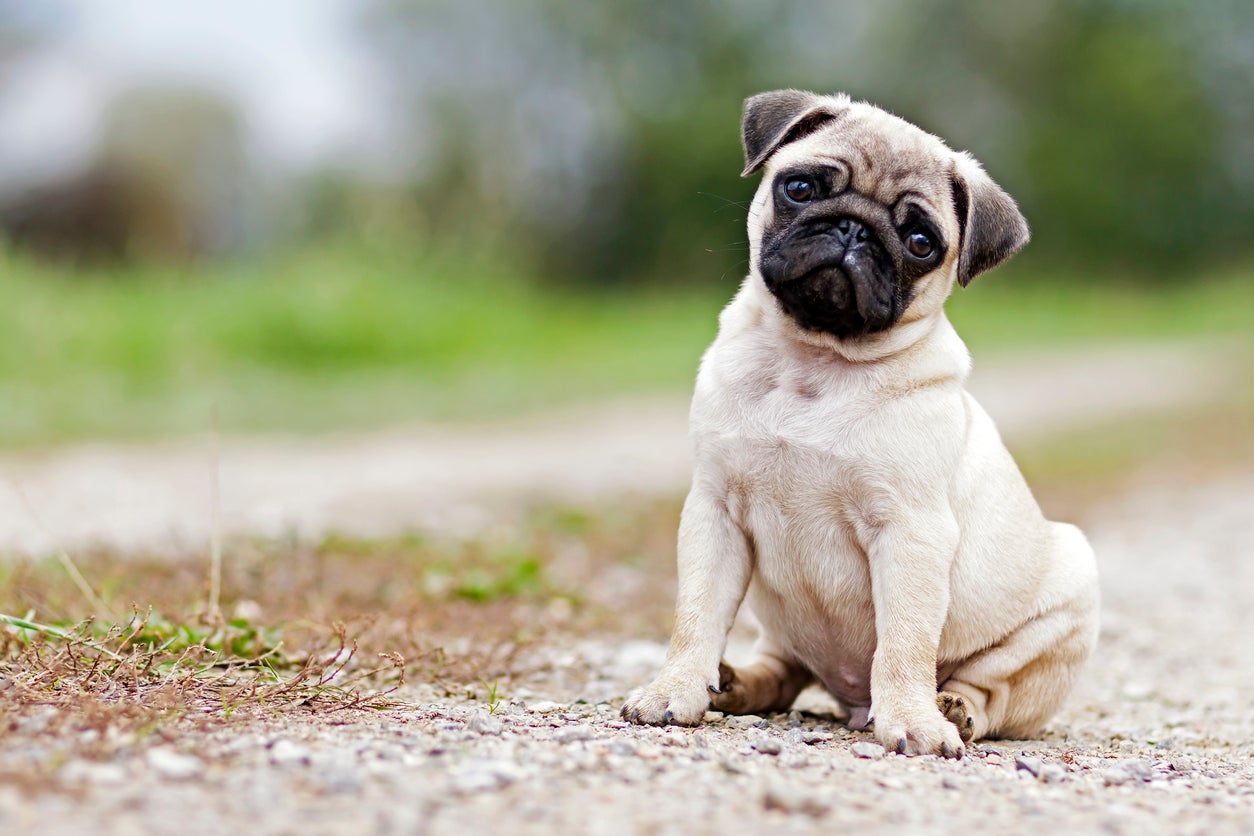One in three pugs may suffer from walking problems, study finds
The popular dog breed is also known for often having breathing problems

Your support helps us to tell the story
From reproductive rights to climate change to Big Tech, The Independent is on the ground when the story is developing. Whether it's investigating the financials of Elon Musk's pro-Trump PAC or producing our latest documentary, 'The A Word', which shines a light on the American women fighting for reproductive rights, we know how important it is to parse out the facts from the messaging.
At such a critical moment in US history, we need reporters on the ground. Your donation allows us to keep sending journalists to speak to both sides of the story.
The Independent is trusted by Americans across the entire political spectrum. And unlike many other quality news outlets, we choose not to lock Americans out of our reporting and analysis with paywalls. We believe quality journalism should be available to everyone, paid for by those who can afford it.
Your support makes all the difference.One in three pugs may suffer from walking problems, a study has found.
In recent years, pugs have become an extremely popular dog breed, with nine out of ten vets reporting an increase in the number of flat-faced dogs being bought in the last three years.
However, pugs, as well as other types of brachycephalic dogs, have been known to experience a variety of health problems, partly as a result of inbreeding.
One of the things that has been noted is that pugs sometimes have a tendency to develop gait abnormalities as they age.
Researchers decided to explore the gait abnormalities found in Swedish pugs to figure out how common an issue it is and to determine whether certain factors, such as a dog’s age, can impact its gait.
In a study published in the Vet Record, 550 pugs registered in the Swedish Kennel Club were assessed.
The dogs investigated in the study were all either one, five or eight years old.
Pug owners were sent a questionnaire in which they answered questions about the nature of their dog’s gait.
They were asked to note whether they had noticed their pug was walking unusually.
If this was the case, they had to write whether their dog appeared to be exhibiting signs of lameness, ataxia, weakness, inability to jump or whether their nails or skin on the paws seemed to have been worn down.
The owners were also encouraged to send in video footage of their dog walking.
Out of the 550 pugs evaluated, 30.7 per cent of the responses from the study reported gait abnormalities.
The most common sign that a pug was experiencing pain from their gait abnormality was reluctance to go for a walk.
The team who carried out the study discovered a correlation between the age of the pugs and their walking problems.
Older pugs were far more likely to experience gait abnormalities.
An association between an unusual gait and dyspnoea (breathing difficulties) was also a significant finding from the study.
While many may assume that a dog will experience walking problems as it ages due to bone or muscle issues, the researchers came to the conclusion that the reason may actually lie in neurological causes.
“Although this study did not aim to differentiate orthopaedic from neurological causes for gait abnormalities, the high prevalence of wearing nails reported in the questionnaires, and the fact that lameness was not a common finding in submitted videos, suggest that the majority of gait abnormalities in the pugs were indeed related to neurological rather than orthopaedic disorders,” the researchers stated.
Join our commenting forum
Join thought-provoking conversations, follow other Independent readers and see their replies
Comments